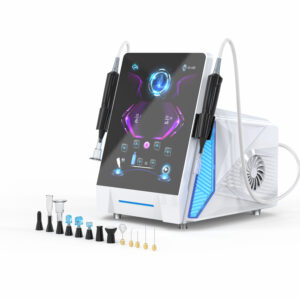cold plasma
Cold plasma refers to a partially ionized gas that has a relatively low temperature compared to thermal plasmas. Here is a detailed description:
Physical state
• It consists of a mixture of ions, electrons, neutral atoms, and molecules. Despite being ionized, the overall temperature of cold plasma is close to or at room temperature, which is in contrast to hot plasmas that have extremely high temperatures.
Generation
• Cold plasma is typically generated by applying high – frequency electric fields or microwave radiation to a gas. This causes the gas atoms or molecules to become ionized, creating a plasma – like state. For example, in some applications, a gas such as argon or nitrogen is introduced into a chamber, and an electric discharge is used to initiate the ionization process.
Applications
• Surface treatment: It can be used to modify the surface properties of materials. For instance, in the semiconductor industry, cold plasma is employed to clean and activate the surfaces of silicon wafers, improving the adhesion of thin films and enhancing the performance of electronic devices.
• Biomedical applications: Cold plasma shows promise in treating wounds and killing bacteria. It can generate reactive oxygen and nitrogen species that have antimicrobial effects, helping to prevent infections and promote wound healing.
• Environmental applications: Cold plasma is being explored for air and water purification. It can decompose harmful pollutants and volatile organic compounds in the air, and in water treatment, it can be used to break down organic contaminants and disinfect water.
Cold plasma offers unique properties and capabilities that make it valuable in a wide range of scientific and industrial fields, with ongoing research continuously expanding its potential applications.
Showing all 2 results


